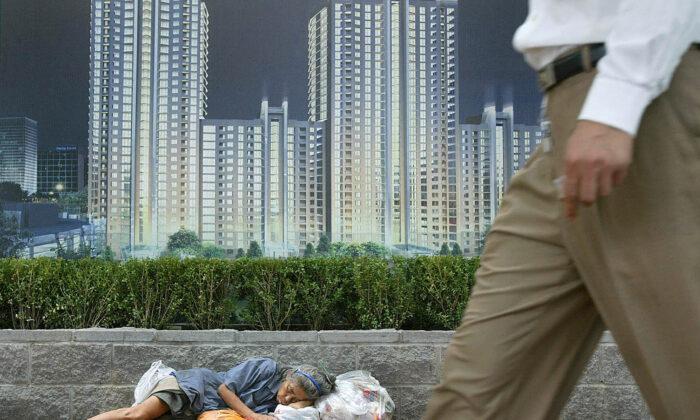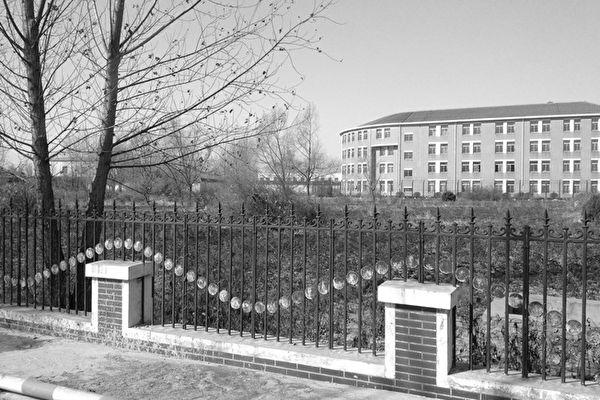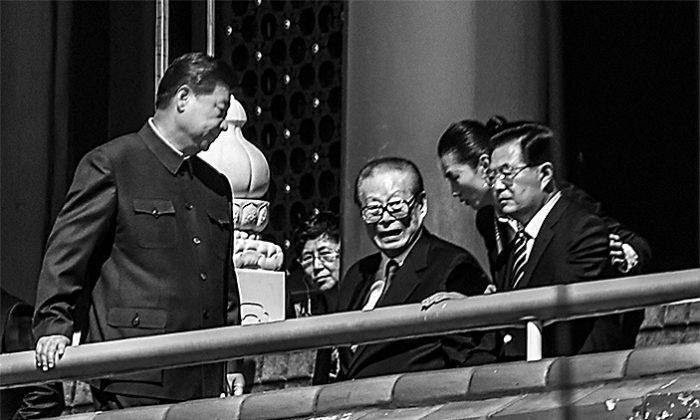Demand-side policies usually refer to increasing consumption and establishing a stronger domestic market. The so-called “bottlenecks” are the massive burdens that currently affect people’s livelihoods, which are housing, education, and medical costs. They’re like three mountains weighing on the people; without resolving those issues, demand-side reforms are only good on paper.
The Baidu (Chinese version of Wikipedia) entry for the phrase “three new mountains” explains it as, “Nowadays, ‘reforms’ in housing, medical care, and education have resulted in high-rises, hospitals, and schools being built everywhere. But people cannot afford to live in them, get treated there, or get an education there!”
The “three mountains” have exhausted the general public’s capacity to consume. They didn’t emerge out of thin air, but gradually became a phenomenon after Beijing introduced economic reforms around 1998.
In 1998, China’s cabinet-like State Council issued guidance on urban housing reforms, in an attempt to resolve difficulties that low-income families were having in finding housing. According to a 2007 survey published by state-run media Economic Information Daily, many cities simply implemented a policy of only selling and not renting. Space in newly constructed buildings could only be sold, and not rented. Even old units that people already rented had to be put up for sale. Residents are forced to buy homes, and more than 80 percent of urban residents in China today own property.
But that’s led to a meteoric rise in housing prices and has further burdened low-income groups.
In 1998, then-education minister Chen Zhili issued the “industrialization of education” order. By 2000, most colleges and universities charged tuition fees (includes room and board, cost of textbooks) of about 5,000 yuan or more per year—a hefty price for most ordinary citizens. In 1999, the annual per capita disposable income of urban residents was only 5,854 yuan, and the per capita income of rural residents was 2,210 yuan.
In 1997, the State Council and the Chinese Communist Party’s Central Committee issued a decision to make health services one of the welfare benefits available to citizens. But in 2005, state-run China Youth Daily published a survey showing that 90 percent of the public was dissatisfied with the reforms that took place in the past decade within the medical system. Among those who were surveyed, 89.8 percent said that in the past decade, the proportion of medical expenses compared to their household income had increased.
It’s generally recognized in China that it is difficult and expensive to see a doctor. There’s a saying among the people: Medical reforms are sending people to the grave early.
In 2021, these three challenges still aren’t resolved. Beijing’s attempts at reforming the economy will be fruitless.






Friends Read Free